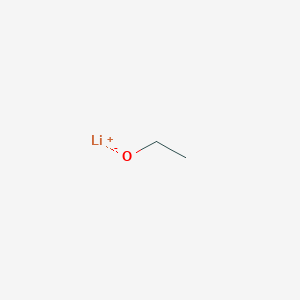How to apply fertilizer in low temperature weather
When the temperature of the ammonium carbonate is low, the ammonium carbonate is not easily decomposed and decomposed, which is beneficial to improving the fertilizer utilization rate. Ammonium bicarbonate belongs to ammonium nitrogen fertilizer. It can be directly absorbed and utilized by crops after being applied to soil. It has fast fertilizer efficiency and is a typical “quick-acting fertilizerâ€. Nitrogen nutrition can be provided to crops in a timely manner. Some people have done experiments to apply ammonium bicarbonate to wheat fields during cold and snowy weather, which is 1 to 1.5 times more effective than in high temperature seasons. Avoid applying urea urea is an ammonium amide fertilizer. It can not be directly absorbed and utilized by crops after being applied to the soil. It needs to be converted into ammonium nitrogen by the urease secreted by urea bacteria in the soil to be absorbed by the roots. The rate of urea conversion depends mainly on the soil temperature at that time. Under normal conditions, all urea applied to the soil is converted to ammonium nitrogen, which takes 7 to 10 days at a ground temperature of 10 ° C and 4 to 5 days at 20 ° C. It takes only 2 to 3 days at 30 °C. If urea is applied, it tends to affect crop growth because of the slow effect of fertilizer. The absorption of phosphorus and zinc by phosphorus and zinc fertilizers is significantly affected by temperature and light. In autumn and winter, the temperature is low and the light is insufficient. It is easy to induce phosphorus and zinc deficiency in wintering crops. Phosphate fertilizer and zinc fertilizer should be added appropriately. In addition, phosphorus can enhance the cold resistance of plants, and the application of phosphorus fertilizer is also beneficial to prevent crops from being frozen. Disclaimer: Some articles on this website are transferred from the Internet. If legal rights of third parties are involved, please inform this website. phone Lithium Ethoxide CAS No.2388-07-0 Lithium Ethoxide Basic Information
Mol File: 2388-07-0.mol
Boiling point 67 °C Lithium Ethoxide,Lithium Ethoxide Cas 2388-07-0,Lithium Ethoxide Melting Point,Lithium Ethoxide Msds,Lithium Ethoxide Pka,Lithium Ethoxide Purification Shandong YingLang Chemical Co.,Ltd , https://www.sdylhgtrade.com
CAS: 2388-07-0
MF: C2H5LiO
MW: 52
density 0.895 g/mL at 25 °C
storage temp. Flammables area
form liquid
color brown
